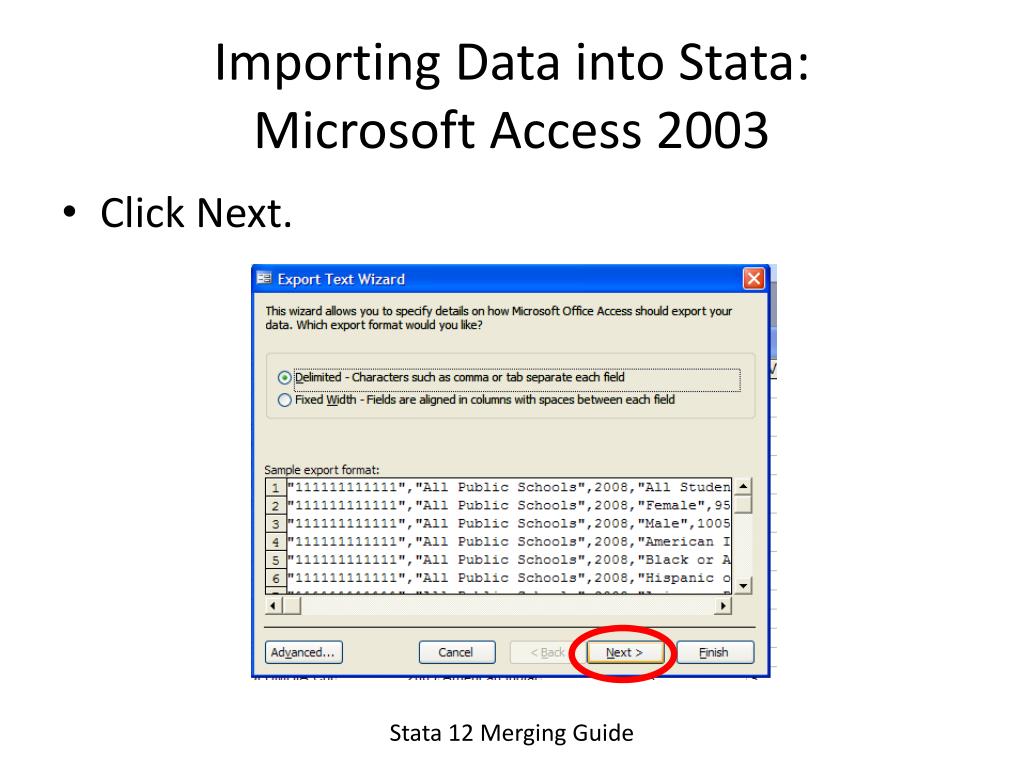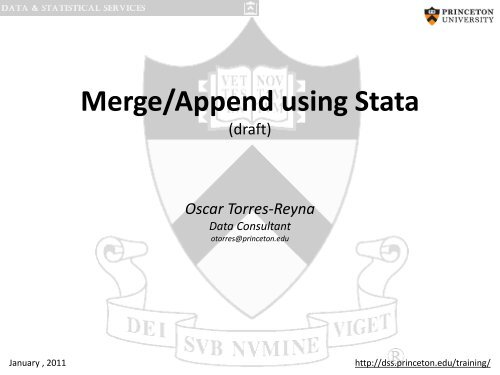

You can alter this by typing in a name of your choice, or prevent it from being generated by checking the first option below it i.e., “Do not generate _merge variable”. You can also try changing the name of the new variable that is created after each merge from the Options tab. Similarly, the key variables will also need to be added this time two of them (symbol_code and year). The merge type in this case will be called ‘one-to-one’ merge which will need to be specified in the dialogue box. This now means that one observation in the master file can be matched with only one observation in the using file. In both the master and the using file, each observation is unique to one particular firm in one particular year i.e., the key variable in both files is a combination of the firm (identified by the ‘symbol_code’ variable) and year. The type of merge, and the key variable will now vary in this case. Let’s suppose that alongside the leverage dataset, we now have a dataset on ROA (Return on Assets) for various years for each firm, and the two need to be merged together.

Many-to-many Merge: Merging Two Panel Datasets This will drop all the 398 observations that did not match. If you only wish to keep those observations that were matched from both files, the following command can be executed: keep if _merge=3 In this case, the using dataset on inflation had inflation values for the years 20, but no observation for these years existed in the master dataset. Similarly, for the latter, the _merge variable shows ‘using only (2)’. For example, in the leverage data (the master dataset), there are some observations for the year 2014, but no inflation data for the year is found in the using dataset on inflation. The former i.e., observations available in the master dataset but not the using dataset, are indicated with a ‘master only (1)’ in the _merge variable. they were present in master file but not in the using file), while 2 observations from the using dataset did not match with any observation in the master dataset. For these observations, the _merge variable equals 3.ģ98 observations did not match: 396 from the master data file did not match with any data in the using dataset (i.e. The last result in this output table shows us that 1,169 observations matched from the master data with the using data. A variable called ‘_merge’ will also be automatically generated to indicate how each observation merged between the two datasets. The inflation variable will now have merged with the master dataset, showing the appropriate inflation rate for the corresponding year. In the dialogue box that opens, fill out the fields in the ‘Main’ and ‘Options’ tab as required:
#Merge stata how to#
We can merge the data using the menu option provided in the following sequence:ĭata > Combine datasets > Merge two datasets Related Article: How to Combine Multiple CSV/Excel Files in Stata In order to merge two datasets, we need a common variable (or a set of variables) called a ‘key’ variable present in both the master and using file.

In short, the type of merge that the two files require is called a ‘many-to-one’ merge. 388 observations for the year 2011 in the leverage dataset will correspond to one observation for inflation (0.15) in the inflation dataset. This means we can say that ‘many’ observations in the master dataset can correspond to ‘one’ observation in the using data set. However, in the using file, since there is only one value for inflation for each year, we see 2009, 2010 etc. Other years are also repeated in a similar manner. For example, using the command tab year, we observe that 2011 is repeated 388 times – each time for a different firm. In the leverage dataset, the year variable sees its values being repeated several times for each firm.

Secondly, both files may have different structures when it comes to certain variables. In our case, the leverage data is the master dataset, while the inflation data is the using dataset. The data that we wish to merge with the master dataset is called the using dataset. The dataset that is currently loaded in Stata’s memory is referred to as the master dataset. There are a few things that need to be kept in mind when merging datasets. In simple terms if you wish to add more rows to a data then you will use append command but if you want to add more columns then merge command is the way to go. Here, we would like to add more variables and relevant data corresponding to the appropriate year and company. Remember that the appendcommand is used to add new observations from one dataset to another. So, with the inflation variable taken from the second dataset, every observation for the year 2009 in the first dataset should show 0.1, for 2010, 0.12, and so on.


 0 kommentar(er)
0 kommentar(er)
